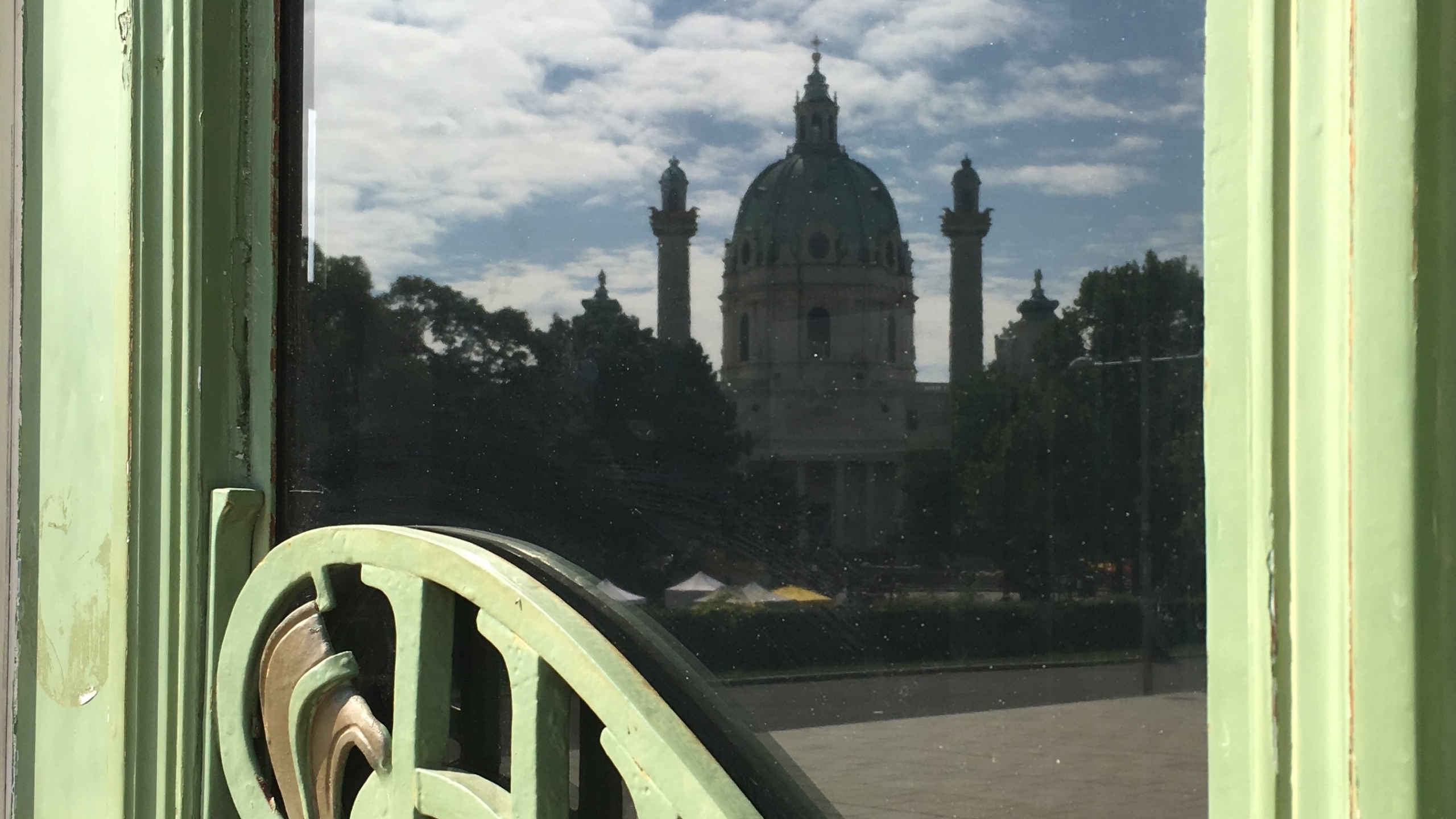
Vienna 1900: A Total Work of Art
Dr Niccola Shearman
Wednesday 4 – Friday 6 September 2024
£495
NB. All of our 2024 Study Tours have now taken place. Our new programmes for 2025 will be online in mid December this year. If you are not already on our mailing list, do contact short.courses@courtauld.ac.uk to join, so that you do not miss out when we launch the programmes.
Course description
The concentration of landmark buildings, historical monuments and world-renowned art collections within a relatively small urban area makes the city of Vienna a fascinating destination for an art-historical visit. For centuries it was the capital of the vast Habsburg Empire, with a grand architectural façade to match. Around 1900, the tensions arising from efforts to maintain the surface splendour against a subversive spirit of intellectual enquiry gave rise to the artistic experiment that is visible across the urban fabric and in numerous museums today.
Beginning in this era of Freud, Klimt and the architects and designers of the Austrian Secession, our spatial and historical encounters will follow successive cultural and political turns of the twentieth century. Taking in galleries of Expressionist painting and the social housing of ‘Red Vienna’, visits will extend through the dark era of Nazi power, to finish with the flowering of new hope after 1945. Everywhere observing plentiful traces of that dominant imperial past, we shall contemplate the complex legacy of shifting identities specific to this cultural crossroads at the heart of Europe.
Lecturer's biography
Dr Niccola Shearman is a historian of twentieth century art, with a focus on Germany and Austria to 1945. She has held academic teaching positions at The Courtauld and the University of Manchester and is a regular lecturer for Courtauld Short Courses and the V&A. In autumn 2022 she led the Showcasing Art History lectures, ‘Agents of Change: Women Artists in German and Austrian Modernism’. Niccola’s research interests lie in histories of printmaking; in theories of art and perception; and in women artists in 1920s Berlin, in Vienna and in exile in the UK. Articles and book reviews have covered similar themes, and she is working on a book based on her PhD (2018) concerning the woodcut print in the aftermath of the First World War in Germany.